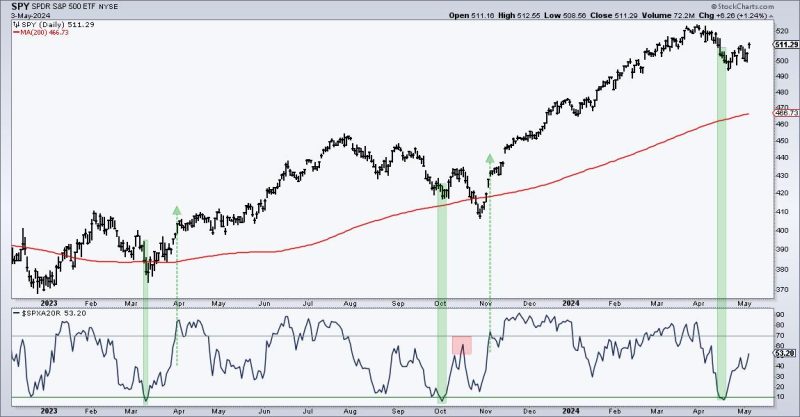The article will now continue on from where the introduction would typically be:
In the world of finance, particularly in stock markets, the term dead cat bounce may sound quite grim and intriguing at the same time. But what does it really mean, and how can investors differentiate between a dead cat bounce and a bounce with legs that may signify a more sustainable recovery or upward trend in the market?
A dead cat bounce refers to a temporary recovery or rally in the price of a declining asset, such as a stock, after a significant drop. The term comes from the idea that even a dead cat will bounce if it falls from a great height. In financial markets, this phenomenon can occur when investors start buying an asset that has experienced a sharp decline, hoping to capitalize on a quick price increase. However, this bounce is often short-lived and does not signal a fundamental change in the overall trend.
On the other hand, a bounce with legs indicates a more sustainable recovery or upward movement in the market. This type of bounce is supported by strong fundamentals, positive market sentiment, or external factors driving the asset’s value higher. Investors can distinguish between a dead cat bounce and a bounce with legs by analyzing key factors such as trading volume, market breadth, and the underlying reasons behind the price movement.
One crucial indicator to consider is trading volume. In the case of a dead cat bounce, the rally is often accompanied by lower trading volume, indicating that the price increase is driven by speculation rather than genuine market demand. On the other hand, a bounce with legs is usually supported by high trading volume, reflecting increased investor interest and participation in the market.
Market breadth, which refers to the number of stocks or assets participating in a price movement, is another important factor to consider. In a dead cat bounce, the price increase may be limited to a few individual stocks or sectors, while the broader market remains weak or continues to decline. In contrast, a bounce with legs will typically involve a more widespread rally across various sectors, indicating a healthier and more sustainable market recovery.
Additionally, understanding the underlying reasons behind the price movement is crucial in distinguishing between a dead cat bounce and a bounce with legs. Factors such as positive earnings reports, strong economic data, or market-friendly policy decisions can provide support for a sustainable market rally. Conversely, if the price increase is solely driven by external events or speculative trading activity, it may indicate a dead cat bounce that is unlikely to be sustained in the long term.
In conclusion, investors should exercise caution when encountering a sharp price increase in a declining asset and carefully analyze the factors at play to determine whether it is a dead cat bounce or a bounce with legs. By considering trading volume, market breadth, and the underlying reasons behind the price movement, investors can make informed decisions and navigate volatile market conditions more effectively.
